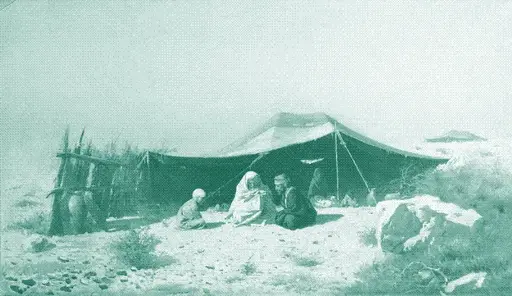- cross-posted to:
- technology@slrpnk.net
- cross-posted to:
- technology@slrpnk.net
A return to vernacular buildings, which maintain interiors at a comfortable temperature through architectural design rather than energy-intensive technical installations, could significantly reduce energy consumption for heating and cooling. However, it’s not a short-term solution: it would require a large amount of time, money, and energy to replace the existing building stock.
Fortunately, history offers an alternative solution that can be deployed more quickly and with fewer resources: textiles. Before the Industrial Revolution, people added a temporary layer of textile insulation to either the interior or the exterior of a building, depending on the climate and the season. In cold weather, walls, floors, roofs, windows, doors, and furniture were insulated with drapery and carpetry. In hot weather, windows, doors, facades, roofs, courtyards, and streets were shaded by awnings and toldos.
Removable insulation can achieve significant energy savings with much more flexibility than permanently enclosed insulation materials. Because modern insulation methods require construction permits and structural interventions to a building, they are expensive, time-consuming, and only accessible to home owners. Furthermore, modern insulation methods are ill-suited for older buildings, in which case they are often not financially and energetically sustainable.



Big fan of low tech magazine!